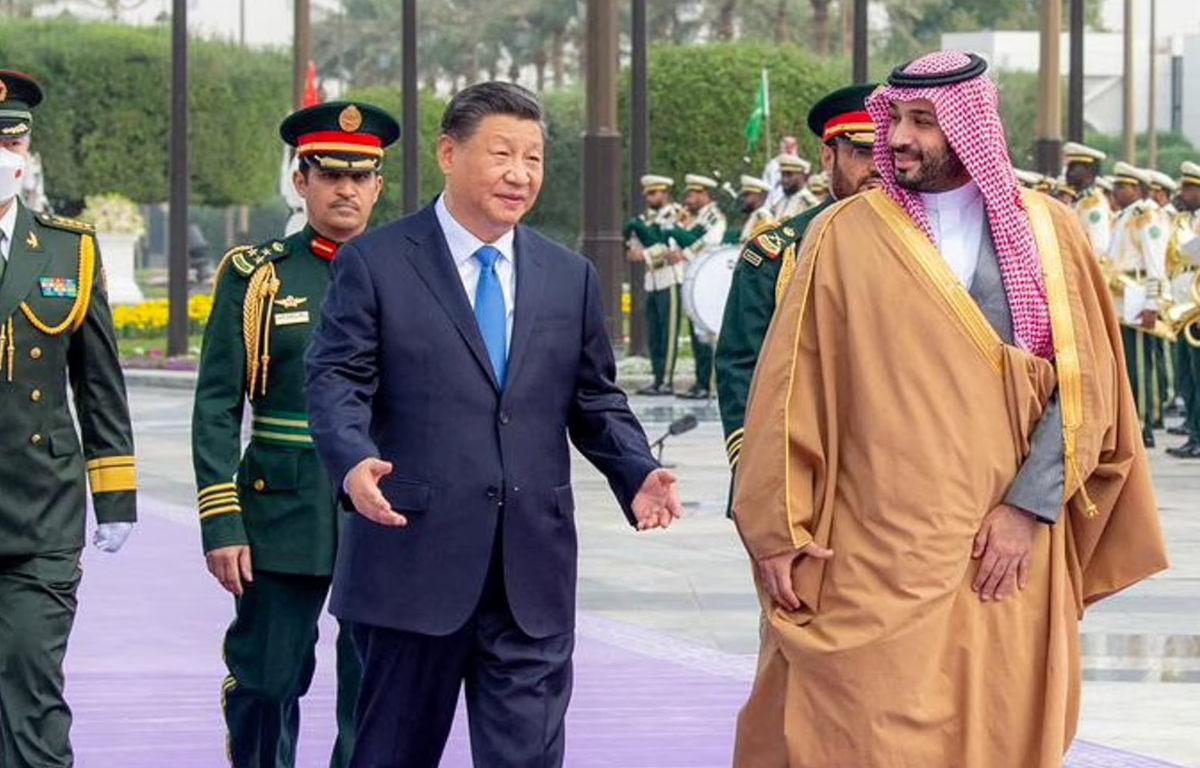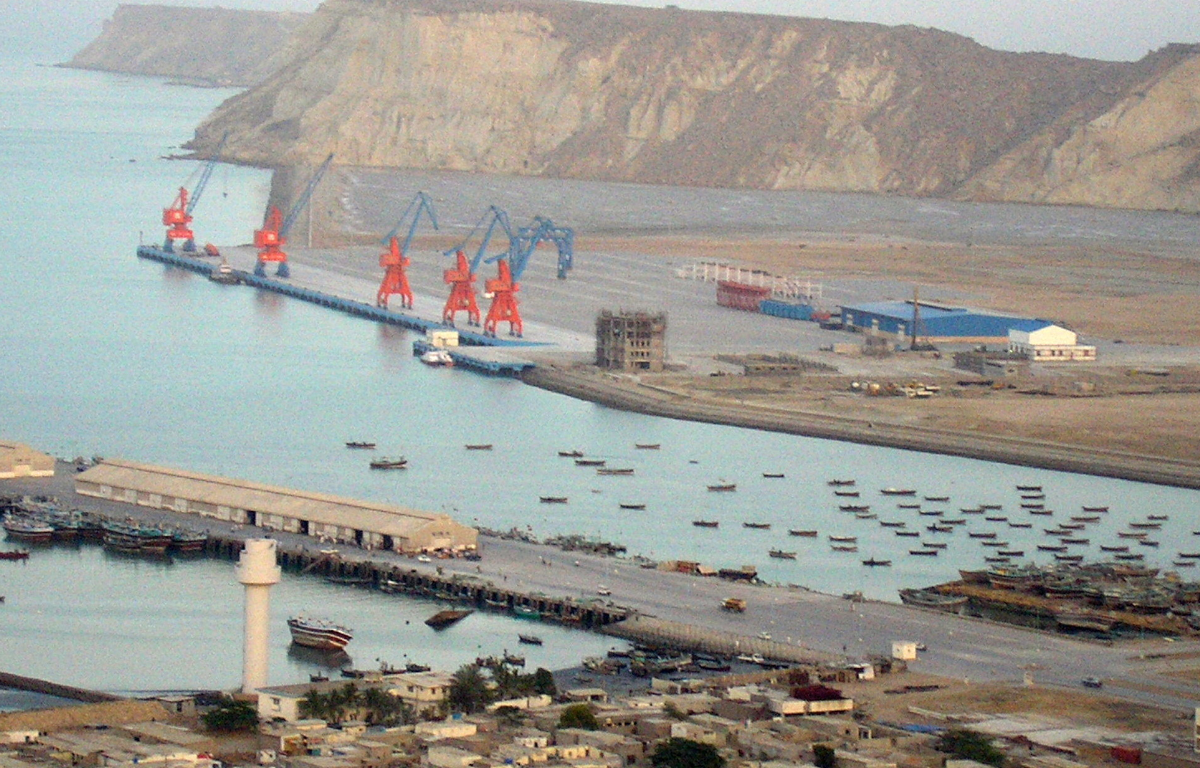
Maritime surveillance in Australia is a formidable challenge, given the vastness of its maritime domain, which spans over 16 million square kilometers of ocean. This includes territorial waters, an exclusive economic zone (EEZ), and responsibilities in the Pacific Islands region. Traditional surveillance methods have relied on naval vessels, aircraft, and satellite technology, all of which are effective but resource-intensive, particularly for a nation with Australia’s expansive maritime borders. Here, uncrewed vessels offer an innovative solution to address these challenges.
Uncrewed vessels, also known as autonomous surface vessels (ASVs) or unmanned surface vehicles (USVs), represent a revolutionary development in maritime surveillance. These watercraft can operate autonomously or under remote control and can be equipped with a suite of sensors, cameras, and communication systems, making them invaluable tools for maritime surveillance. These vessels bring several advantages to the table.
Firstly, they offer substantial cost-efficiency. Uncrewed vessels do not require a crew onboard, resulting in significant savings on salaries, provisions, and accommodation expenses. Furthermore, they can operate for extended periods without human intervention, further reducing operational costs.
Secondly, uncrewed vessels provide persistent monitoring. Unlike their manned counterparts, they can remain at sea for extended durations, offering continuous surveillance capabilities, crucial for detecting and monitoring activities such as illegal fishing or the presence of suspicious vessels.
Thirdly, they offer scalability. Australia can deploy multiple uncrewed vessels simultaneously, covering a larger area and thus enhancing its surveillance capabilities significantly. This scalability allows for more effective monitoring and quicker responses to potential threats or incidents.
Moreover, uncrewed vessels eliminate the risk to human life in remote or hazardous maritime environments. This safety advantage makes them ideal for missions in challenging or high-risk areas. Additionally, many uncrewed vessels employ environmentally friendly electric or hybrid propulsion systems, aligning with Australia’s commitment to sustainable practices and the protection of marine ecosystems.
Australia has been proactively exploring the use of uncrewed vessels for maritime surveillance. The nation is investing in research and development, conducting trials to assess their capabilities for various maritime tasks, including monitoring marine biodiversity, tracking illegal fishing activities, and conducting environmental assessments.
Collaborations and partnerships with research institutions, universities, and private companies are also a key part of Australia’s strategy to advance the development and deployment of uncrewed vessels. These partnerships aim to leverage expertise and resources to accelerate the adoption of this transformative technology.
Additionally, Australia is in the process of establishing a regulatory framework to govern the operation of uncrewed vessels in its waters. This framework will address safety, navigation, and data-sharing protocols, ensuring their seamless integration into existing maritime operations.
Australia’s exploration of uncrewed vessels for maritime surveillance in the Pacific Ocean underlines the nation’s dedication to innovative and efficient solutions for safeguarding its vast maritime interests. With the potential to enhance cost-effectiveness, persistence, and scalability, uncrewed vessels are poised to play a pivotal role in addressing the challenges of monitoring and protecting Australia’s extensive maritime domain.










Share this: